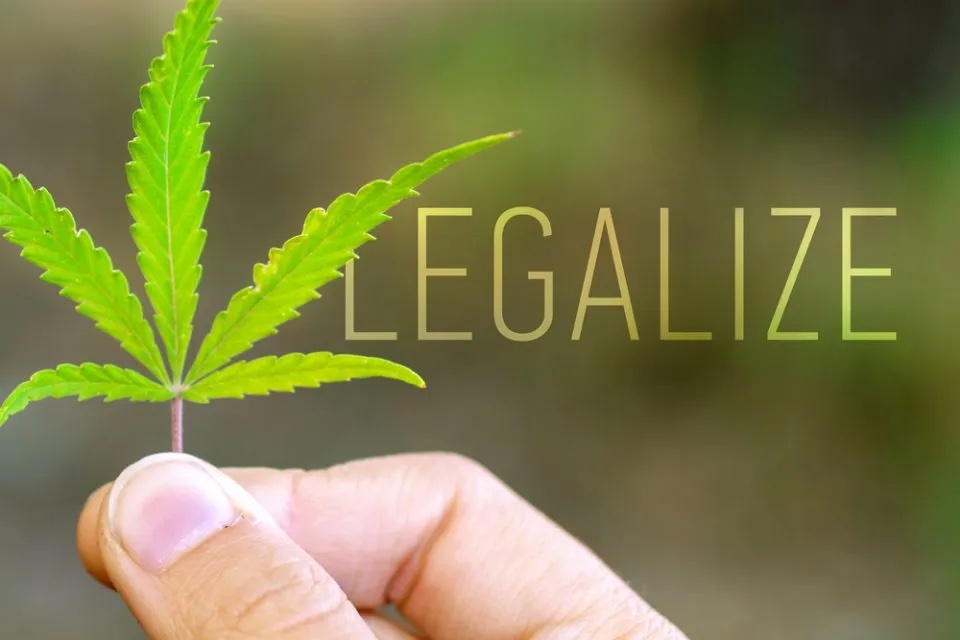
We Americans pride ourselves on paving the way in new trends, business opportunities, and emerging industries. In cannabis, we were kind of first. California legalized medical marijuana, requiring a doctor’s prescription, back in 1996. Over the subsequent 12 years, another dozen states approved medical use. Now 39 states, plus some territories, have legalized medical cannabis, and 19 states, plus DC, have approved recreational or “adult use.” But all uses of cannabis (other than hemp) remain a crime under US federal law.
Alternatively, over 50 countries globally have federally legalized medical marijuana. It did take the world a little longer than California. Canada was first in 2001, Austria in 2008, and the more rapid adoption of others began around 2013. In addition, eight countries have approved adult use.
Advocates for federal legalization in the US have attempted three separate paths. One group seeks nothing less than full federal legalization of medical and adult use. Another seeks a piecemeal approach to first permit research, then safer banking, then use by veterans, then move on from there. The third has attempted, unsuccessfully, to convince the courts to declare cannabis illegality unconstitutional.

Why then has there been no real effort to federally legalize US medical cannabis like dozens of other countries? Polls are consistently overwhelming: 92% of Americans favor legalizing medical marijuana. Former Pres. Trump, in an interview during his 2016 campaign, said he is “100%” in favor of legalizing medical use, though Pres. Biden, who favors decriminalization, has not opined on legalizing medical cannabis. And three-quarters of the states, including some Republican-dominated ones, have approved medical weed. One assumes, therefore, that there would be strong bipartisan support for legalizing medical marijuana.
The benefits would seem obvious, with limited downside risk. First, companies growing and selling medical cannabis would enjoy interstate and global commerce. A patient in Ohio finally would be able to buy California weed. An import-export market could develop and likely would explode rather quickly. We could eliminate the 39 cannabis mini-economies with vastly different pricing, quality, regulation and competition.
Other benefits of legalizing medical cannabis include the likelihood that the national stock exchanges would list the stock of these companies, encouraging institutional investors to support these enterprises and stock clearing firms to permit the trades. Companies currently active in both medical and adult use markets could separately spin off their medical operations to Nasdaq or the NYSE.
In addition, the US Patent and Trademark Office presumably would at last allow medical marijuana brands to receive a federal trademark. Banks would no longer be concerned about opening accounts or providing loans to these companies. Operators could end the security and other concerns around running their business in cash. We would also end the “cannabis tax” that borrowers have been paying private lenders in the absence of traditional bank loans.

Merger and acquisition activity also could pick up as big alcohol, big tobacco and especially big pharma might move into the space if their target is federally legal. Legalization also allows the federal government to charge taxes on the product, helping reduce the federal deficit, and for the government to regulate important areas of the business including product testing and advertising.
Perhaps most importantly: medical marijuana companies would no longer face tax discrimination in the form of Internal Revenue Code Section 280E. This tax law prohibits cannabis companies from deducting their ordinary business expenses. As a result, the profitability of these companies has been dramatically reduced, causing some to close their doors simply because of their inability to pay taxes.
The main concern previously expressed by industry insiders about federally legalizing medical use is that there is too much risk in a step approach to fully legalizing weed. The argument is that legalizing medical marijuana would stall the momentum towards fully legal adult use in the US. Proponents also would need to convince lawmakers that legalizing medical cannabis would not result in a de facto adult-use legalization as was somewhat the case early on in California.
Another expressed concern over legalization is the potential violation of various global treaties, especially the 1961 UN Single Convention treaty. In 2020 the UN Commission on Narcotic Drugs adopted a recommendation from the World Health Organization to reschedule cannabis under the Single Convention from Schedule IV to Schedule I (unlike the US scheduling, this made it less subject to control), but this does still not permit adult use. Experts, however, generally agree that allowing cannabis for therapeutic or medical use does not violate the treaty. Legalizing adult use could violate the treaty, however, and a workaround or treaty change will likely be necessary for the US. In March 2022 several US Congresspeople submitted a proposed resolution to the UN to fully deschedule cannabis, but no action has been taken.
My take? If the industry can show the naysayers that federal legalization of medical cannabis will not lead to the destruction of society as we know it, and may actually help reduce opioid and other addictive drug use, reduce teen drug use, reduce alcohol addiction and reduce the influence of foreign cartels, subsequent legalization of adult use becomes more likely, not less. Shall we try it?